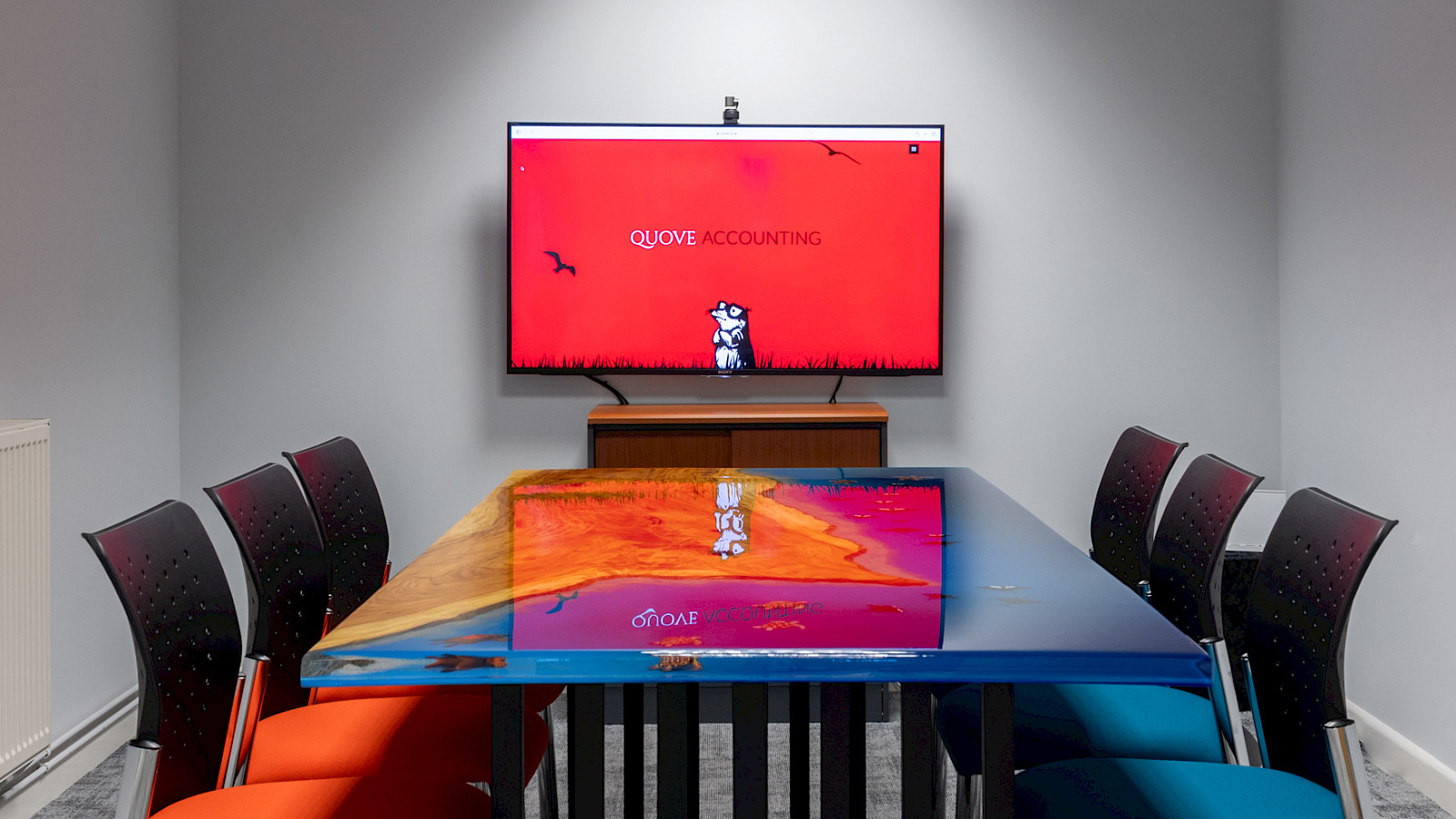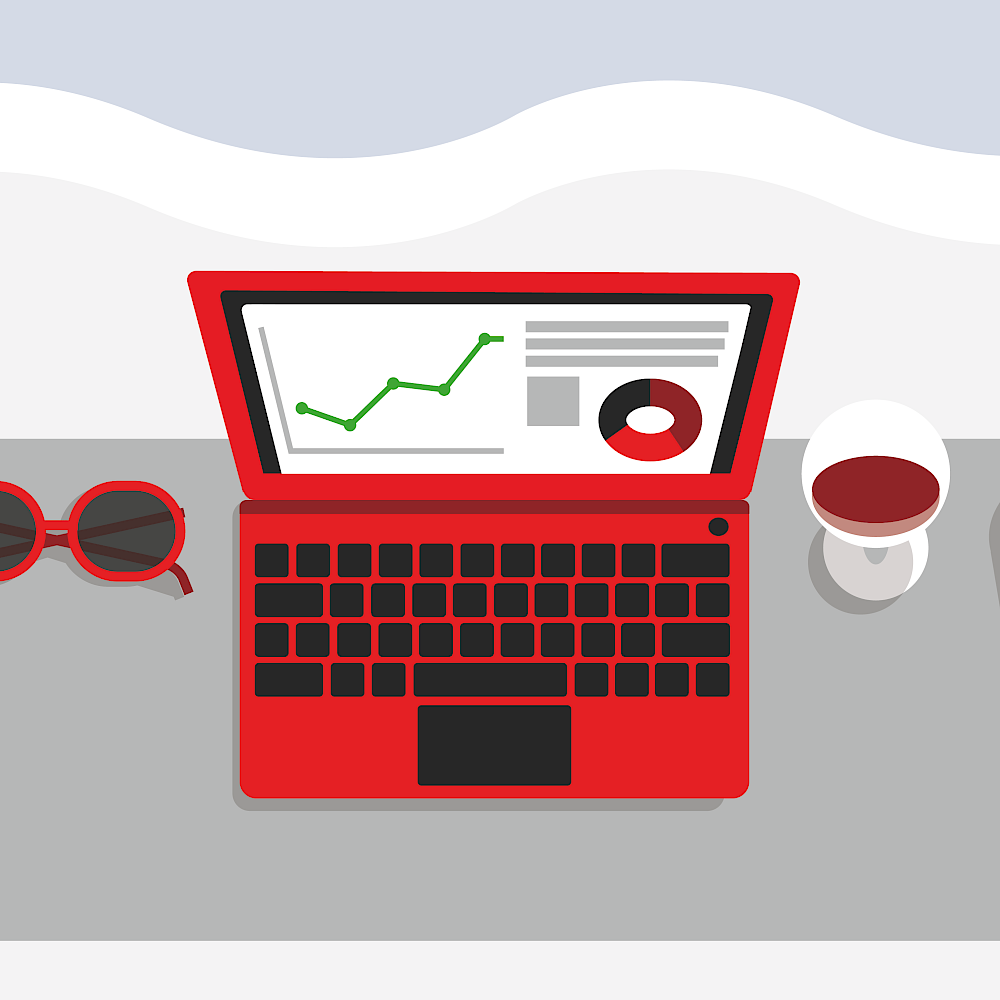Making Tax Digital: A Guide For Non-Accountants
23 February 2025 Reading time: 4 minutes

Making Tax Digital (MTD) might sound like something accountants lose sleep over, but it’s more than just an accounting initiative. If you’re self-employed, a landlord, or even just someone trying to navigate the tax system, MTD is going to affect you. Whether you’re ready to embrace it or dreading the change, here’s everything you need to know about what MTD is, why it matters, and how it affects people outside the world of spreadsheets and calculators.
What Is Making Tax Digital?
Making Tax Digital is the UK government’s way of dragging tax compliance into the 21st century. At its heart, it’s about replacing paper forms and manual record-keeping with digital solutions. Businesses, landlords, and self-employed individuals will need to:
- Keep digital records of their income and expenses.
- Use approved software to submit tax returns online.
If you’re thinking this sounds complicated, don’t worry. MTD is designed to simplify the process, even if it might take some getting used to.
Who Does MTD Affect?
While accountants have their hands full helping clients make the switch, the real impact is felt by:
- Small Business Owners: From sole traders to café owners, if you’re VAT-registered or self-employed, you’re directly in the MTD crosshairs.
- Landlords: If you earn rental income of more than £50,000, MTD for Income Tax Self-Assessment (ITSA) will soon apply to you (2026).
- Side Hustlers: Earning extra cash through online sales, freelancing, or a part-time business? MTD might eventually apply to you, depending on how much you earn.
- Anyone Filing Taxes: While MTD currently focuses on businesses and landlords, it’s likely to expand in the future.
In short, if you earn income outside of traditional employment, MTD could be a significant change to how you manage your finances.
How MTD Impacts Non-Accountants
For those not trained in accounting, the move to MTD may feel like a lot to take in. Here’s what it means for you:
- Goodbye Paperwork, Hello Software
If you’re used to jotting down expenses in a notebook or keeping receipts in a shoebox, MTD requires a rethink. You’ll need to switch to HMRC-approved digital tools to keep track of your income and expenses. - Quarterly Updates
Instead of submitting one tax return a year, MTD for ITSA requires quarterly updates to HMRC, plus an annual submission. This means staying on top of your finances year-round, rather than cramming everything into a last-minute scramble in January. - Learning Curve
If you’re not familiar with accounting software, there’s an adjustment period. Programs like Xero, QuickBooks, and FreeAgent are user-friendly, but they’ll take time to learn if you’re new to digital bookkeeping. - Increased Costs
While some software providers offer free options for smaller users, many charge monthly fees. For some, this could be an unwelcome expense, especially if you’re running a small operation. - Greater Accuracy
The upside? Digital systems reduce errors. Mistakes in manual calculations or forgotten income entries are less likely, which means fewer surprises from HMRC.
What Non-Accountants Need to Do
The transition to MTD doesn’t have to be overwhelming. Here’s how to get started:
- Find the Right Software
Not all MTD software is created equal. Look for a program that suits your business size and budget. Some popular options include Xero, QuickBooks, and Sage. HMRC also lists approved software providers on their website. - Understand Your Deadlines
If you’re a VAT-registered business, you’re already under MTD requirements. Landlords and self-employed individuals will join the system in 2026 if their income exceeds £50,000, with those earning more than £30,000 following in 2027. - Keep Digital Records
Start now by digitizing your records. Many apps let you scan receipts and invoices directly, making it easier to stay organized. - Ask for Help If You Need It
If this all sounds daunting, don’t hesitate to seek advice. Accountants, bookkeepers, and even software providers can guide you through the process.
Benefits of Making Tax Digital for Everyday Users
While the initial transition may be challenging, MTD isn’t just about making life easier for HMRC. There are benefits for non-accountants too:
- More Control Over Your Finances: Quarterly updates force you to stay on top of your income and expenses, giving you better insights into your cash flow.
- Reduced Errors: Automatic calculations mean you’re less likely to make costly mistakes.
- Time Savings: Once you’re up and running, digital systems streamline the process of tracking and submitting taxes.
A New Era of Taxes
Making Tax Digital might seem like a hassle, but it’s a step toward a more efficient and transparent tax system. For non-accountants, the key is to start early, embrace the technology, and don’t be afraid to ask for help.
In the long run, MTD could make taxes less stressful – and maybe even help you feel a little more in control of your finances. So take a deep breath, fire up your laptop, and get ready to make your taxes digital. The future of accounting is here, and it’s not as scary as it sounds.




